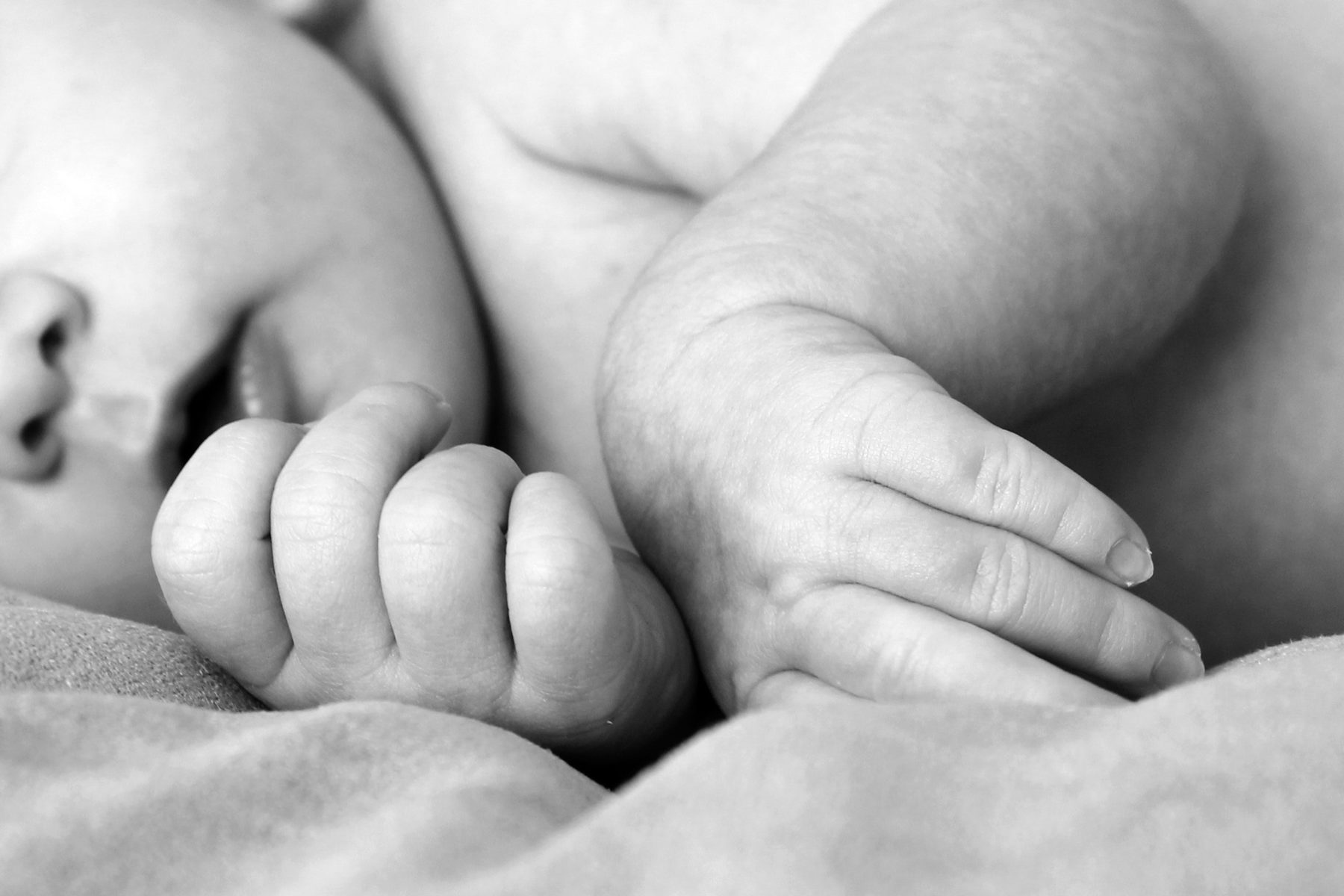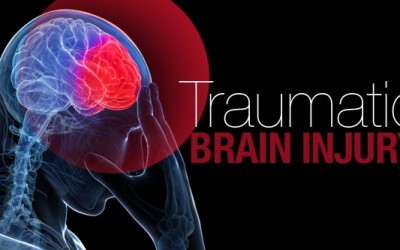Birth Injury, Cerebral Palsy & Potential Medical Malpractice

Cerebral palsy is one of the most frequently diagnosed disorders in Canada. People would be surprised to hear that approximately one out of every 500 babies in Canada will be diagnosed with cerebral palsy. Approximately 80% of these are the result of some sort of prenatal injury to the brain. Some of these cases could be linked to medical malpractice or negligence.
What is cerebral palsy?
Cerebral Palsy Syndrome is a condition that affects the brain of an infant. The condition causes loss of muscle control, which affects the cerebellum. Once the cerebellum is damaged, children with cerebral palsy may experience the abnormalities in their motor skills. Moreover, Cerebral Palsy is considered a neurodevelopmental disease that means an impairment of the developmental growth occurred in the prenatal period. If that area does not develop it can’t carry out whatever function it is supposed to control.
The functional impacts of cerebral palsy can vary significantly. Unfortunately, the condition is a life-long affliction. There is no known “cure”.
What causes cerebral palsy?
Almost all instances of cerebral palsy happen during the Prenatal and Postnatal periods. The vast majority result from an injury sustained by an infant during pregnancy or labour.
In the prenatal period or before birth, the underlying causes are really hard to pin down. A few doctors believe that babies get cerebral palsy from a maternal infection before delivery. However, most doctors and scientists know that brain injuries in utero can turn into cerebral palsy. These brain injuries are most often the result of a lack of oxygen or hypoxia.
One major cause of cerebral palsy in the postnatal period is head trauma leading to brain damage. This is often the result of a forcible extraction during labour or an instrument related injury caused by vacuum or forceps extraction. Other postnatal causes include neonatal infection, jaundice, sickle cell disease or period of oxygen deprivation. Although most cases are likely due to trauma or injury, a very small proportion of cases are due to genetic mutation even though the brain-damage, injury, or abnormality is permanent.
An important thing to remember about cerebral palsy is that it does not get worse over time. It is considered as a non-progressive disease.
Medical Malpractice as a Cause
Medical negligence occurs when a physician fails to find or diagnose medical problems early in pregnancy in order to prevent damage. In spite of the fact that these medical mistakes are not intentionally done, the end result is that improper medical care of the patient can lead to severe problems.
Once example flows from RH Incompatibility. This is a medical condition exhibited by the mother’s blood and infant’s blood being incompatible. The mother’s blood produces antibodies that destroy the infant’s blood cells during gestation or after delivery. This, in turn, can lead to jaundice, which can lead to brain damage and increases the risk of cerebral palsy. If a doctor fails to recognize the condition and take appropriate steps to prevents the harms that often result, that doctor has likely acted negligently.
Prenatal cerebral palsy is most often caused by a lack of oxygen (or hypoxia) during birth. Reduced oxygen is caused by several factors, many of which could have been prevented with proper treatment and care.
The common types of medical malpractice resulting in cerebral palsy include a doctor or nurse’s failure:
• Order specific tests during pregnancy or not interpreting these tests correctly
• Perform a cesarean section in the presence of fetal distress
• Deliver the infant when the membranes have been ruptured for more than 24 hours
• Properly monitor the fetus and respond to signs of fetal distress
• Act quickly when the water broke, when there was unexpected bleeding, or when maternal blood pressure rose suddenly
• Monitor the baby immediately after birth and to note signs of jaundice, hyperbilirubinemia, or infections
• Refer the expectant mother to a specialist when problems arose during pregnancy
These are just some of the common medical mistakes leading cerebral palsy in the Nova Scotia medical malpractice cases. Because the cause of cerebral palsy can be complex, it is important to work with experienced professionals with a thorough understanding of the complicated legal and scientific aspects of birth injury cerebral palsy cases.
If you have a loved one affected by cerebral palsy, Valent Legal may be able to help. We urge you to reach out to one of our experienced Nova Scotia birth injury lawyers for a free consultation.






















